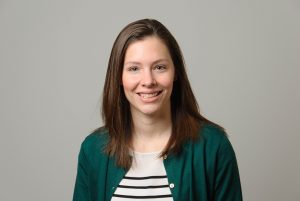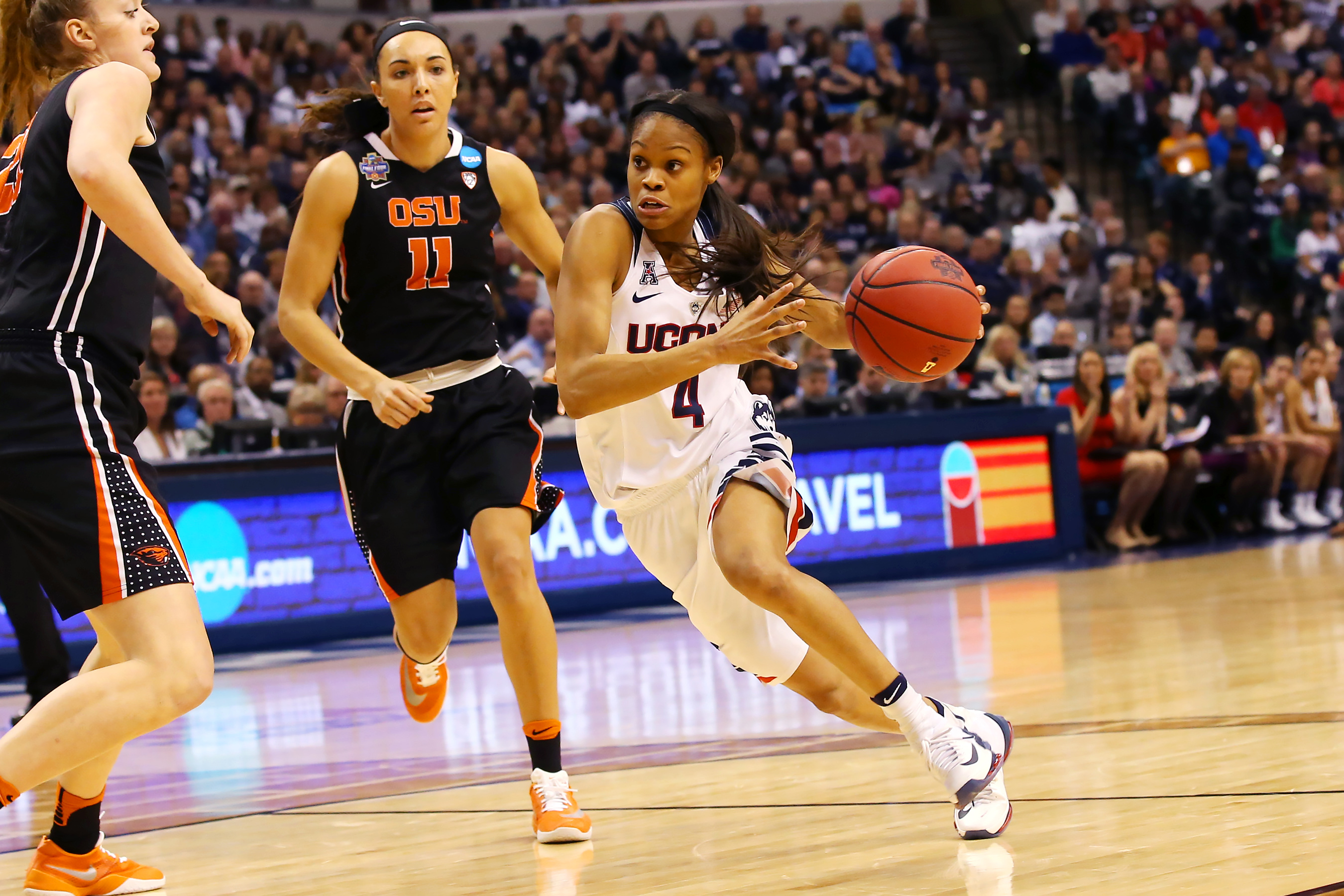Imagine the clock is running down in the fourth quarter of the last game of the season. The pressure and excitement from the enraptured crowd bears down on you. You have the ball and pivot to pass it to your teammate. She is perfectly poised to make a straight shot into the hoop and even-up the score. As you turn, you feel a searing pain in your knee as your anterior cruciate ligament (ACL) tears.
Each year hundreds of thousands of Americans tear their ACL, one of the key ligaments that provides stability to the knee. This causes pain in the joint and is a career death-sentence for many talented athletes. These tears can occur when you suddenly hyperextend your knee. ACL injuries can also lead to a more serious condition – post-traumatic osteoarthritis (PTOA). This condition can impact people’s ability to walk, play sports, go upstairs, or do any other activity that puts stress on the joint in the later stages of life.

Professor Lindsey Lepley from the University of Connecticut’s Department of Kinesiology is interested in studying how ACL rehabilitation can be improved to prevent the development of PTOA. She has received more than $700,000 from the National Institutes of Health for a K01 Mentored Research Scientist Development Award to use a novel rodent model of ACL injury to study the effectiveness of different exercise therapies to promote muscle and knee joint health.
This award is designed to support scientists who are committed to research and are seeking advanced research training and additional experience. Lepley will work under the mentorship of David Goldhamer, a UConn professor of molecular and cell biology, and other skilled musculoskeletal physiologists, orthopedic surgeons, statisticians, and engineers at UConn.
Currently, most ACL rehabilitation therapies focus on using concentric exercises which contract, or shorten, the muscles like when you do a bicep curl. However, multiple academic reviews have shown that concentric exercise does not restore muscle strength after ACL injury and does not deter the onset of PTOA.
New studies suggest that the mechanical stress achieved through eccentric exercise — that is exercise that works to extend the muscles rather than contract them — initiates strain-sensing molecules that promote muscle recovery. Lepley and her team have demonstrated that embedding eccentric exercise into rehabilitation programs early after ACL reconstruction surgery promotes the strengthening of the quadriceps better than concentric exercise.
This mode of exercise has been understudied due to the notion that it is associated with muscle injury; and so the potential benefits of using these exercises for recovery remain undefined. The potential of eccentric exercise to prevent the onset of PTOA remains completely unstudied.
“The idea that eccentric exercise is injurious has pervaded the clinical discussion and has likely been a reason why rehabilitation specialists often omit using isolated eccentric exercise clinically,” says Lepley. “An overarching goal of our work is to use doses of eccentric exercise that are not harmful in an animal model to translate this work back to the clinic and counteract the belief that eccentric exercise is dangerous.”
Lepley will test the hypothesis that eccentric exercise will reduce the neuromuscular dysfunction in the quadriceps muscle that is common after ACL injury and thereby restore the muscle’s strength and promote continued joint health.
This research will pave the way for future clinical trials to study the potential of eccentric exercise to enhance the recovery of muscle and knee joint health after ACL reconstruction. It will also allow Lepley to gain essential new skills that will help her develop future independent research projects.
Lepley received her PhD from the University of Michigan in 2014, followed by a postdoctoral fellowship at the University of Kentucky. Her areas of expertise include ACL injury and reconstruction, biomechanics, muscle inhibition, and muscle mechanics. Her research interests include examining the negative neuromuscular effects of traumatic joint injury and identifying therapeutic approaches capable of combating neuromuscular dysfunction.
David Goldhamer received his PhD from Ohio State University and completed his postdoctoral studies at the University of Virginia and Fox Chase Cancer Center. His research focuses on the development, regeneration, and repair of the musculoskeletal system.
This grant is number: 1K01AR071503-01A1.



